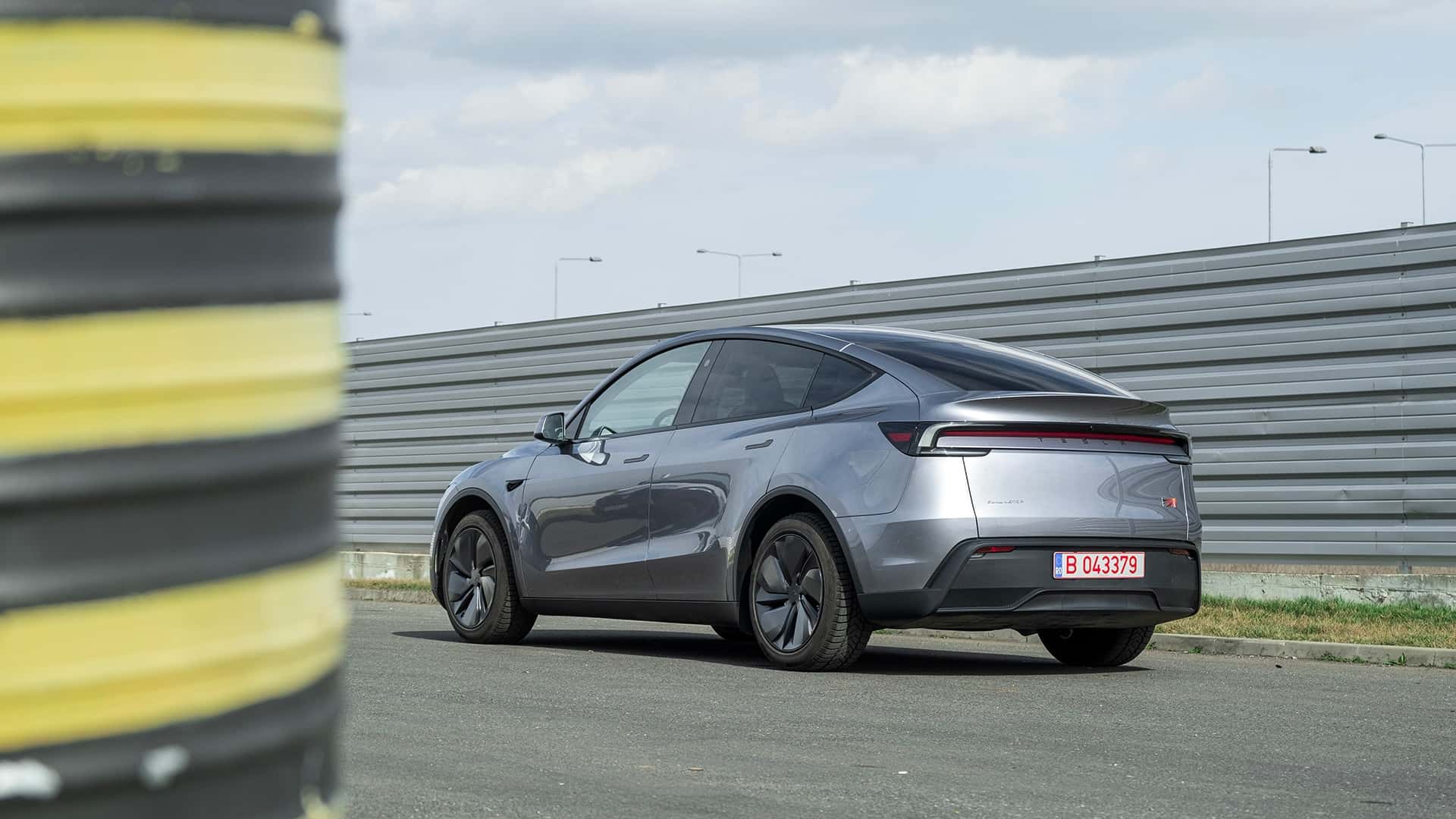The deliveries of gasoline vehicles decreased by more than 20% as well, with hybrid models compensating for much of this drop.
- The sales figures for electric and hybrid cars continue to rise across Europe.
- Over 15% of all newly purchased vehicles in Europe were electric during the initial four-month period of 2025.
- Tesla is progressively ceding market share in the region, an area where it previously held a strong lead.
The electric vehicle sector in Europe continues to expand. During the initial four-month period of 2025, more than 27% of vehicles handed over were fully electric, along with numerous hybrid and plug-in hybrid models also being part of the deliveries. All reports indicate increased EV sales, except for one significant outlier.
Tesla’s sales in Europe continue to plummet. Despite electric vehicle sales increasing by 27.8% across these regions, which include the EU member states, EFTA nations, and the UK, Tesla experienced a significant drop of 49%. This downturn occurred as electric vehicles made up 15.3% of total car sales in the region—a rise from their share of 12% during the initial period of 2024.
Over four successive months
sales decline in Europe
, Tesla’s market share has decreased from 1.3% to 0.7%. Despite this decline, its primary sales contributor, the Model Y, continues to be
updated this year
Although it performed reasonably well on the mainland, it no longer ranks as one of the top-selling electric vehicles. The refreshed Model Y Juniper continues to be an excellent choice for an electric vehicle, consistently ranking amongst the finest within its segment concerning both size and cost. Nevertheless, Elon Musk’s controversial remarks appear to have irrevocably damaged the brand’s reputation, regardless of how impressive their automobiles remain today.
Europeans are currently purchasing more electric vehicles manufactured within Europe, such as the highly popular Skoda Enyaq. However, they are also progressively opting for electric cars imported from China, which remain competitive despite tariff-induced price increases. SAIC-owned MG Motor, which deals in thesevehicles, continues to be a notable player in this market.
the very popular MG4
saw a 24.5% rise in registration numbers; however, Geely (particularly its Zeekr brand), along with Geely, recently revealed new models or updates.
The European edition of its well-known Seagull
, are anticipated to publish robust outcomes this year.
The European Automakers Association (
ACEA
) found a clear upward trend for all electrified vehicles, while sales of non-electrified cars are showing signs of slowing down. Hybrid vehicle deliveries were up 20.8%, while plug-in hybrids saw a more modest 7.8% increase. Meanwhile, deliveries of gasoline-powered and diesel vehicles were down 20.6% and 26.4%, respectively. Diesels have just a 9.6% share in Europe and seem to be falling out of favor faster than gasoline, despite once dominating the market.
As Tesla steps down from its leading position in Europe, the European electric vehicle landscape has become increasingly crowded. Consumers now have numerous all-electric vehicles to select from, featuring a growing array of budget-friendly models that deliver impressive quality without reflecting their lower prices. Although certain European Union nations continue providing subsidies for EV purchases, it seems that even without these incentives, the demand for electric vehicles won’t plummet dramatically—unlike what was predicted might occur in the United States under former President Donald Trump’s administration, which pushed consumers towards gasoline-powered alternatives through various policy changes favoring internal combustion engines.
More On This
- Tesla Has Been Outpaced by BYD in a Key Market
- Tesla Is Plunging in Europe Despite an Increase in Electric Vehicle Sales in February
- Electric vehicle sales spike in Europe, with one exception: Tesla.
- The Spectre EV was the most favored Rolls-Royce model in Europe during 2024.
- Why Are Electric Vehicle Sales Lagging? Here Are Two Explanations.
- Tesla Is Falling Behind in the U.S. and Europe: Here Are the Reasons







